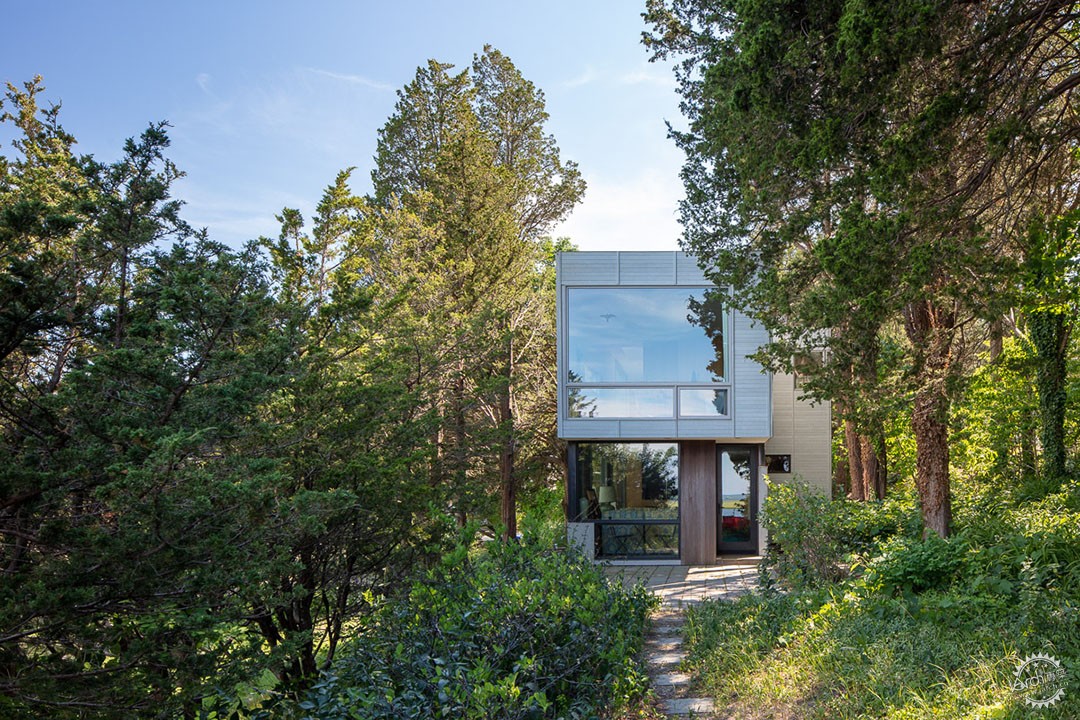
Image © John Horner
“Interesting Things Happen in the Shadows”: In Conversation with Brian Healy
由专筑网Zia,小R编译
波士顿建筑师Brian Healy在早期职业生涯中四处奔波,然后定居在新英格兰。他在佛罗里达、加利福尼亚和纽约都有工作室,之后在波士顿开设了自己的办公室。希利于1978年在宾夕法尼亚州立大学获得建筑学学士学位,并在耶鲁大学继续学习,在那里他遇到了诸如詹姆斯·斯特林(James Stirling)、Vincent Scully、约翰·海杜克(John Hejduk )、阿尔多·罗西(Aldo Rossi)和西萨·佩里 (Cesar Pelli)等有影响力的教授。
希利于1981年获得建筑学硕士学位,然后获得了耶鲁大学、范艾伦研究所和罗马美国学院的旅行奖学金,并在世界各地旅行了一年,探索了爱尔兰、意大利、希腊、苏丹、埃及、印度、尼泊尔和泰国的古代遗址。在这次旅行之前,他曾在查尔斯·穆尔(Charles Moore)和西萨·佩里 (Cesar Pelli)的工作室工作。之后,他在佛罗里达州从事房屋设计,然后在纽约为查德·迈耶(Richard Meier)工作。1985年,他创办了Brian Healy建筑事务所。与此同时,他在北美20多所大学任教,包括耶鲁、哈佛、麻省理工和宾夕法尼亚大学。希利是波士顿建筑师协会2004年的主席,2011-2014年,他担任Perkins + Will的设计总监。
这位建筑师的作品已被收集在最新一期的《COMONPLACES: Working on an American Architecture》中。他已经实现了许多住宅项目,包括美国各地的单户和多户建筑。著名的公共建筑包括位于罗德岛州普罗维登斯的布朗大学的格兰特演奏厅;位于马萨诸塞州布鲁克林的波士顿韩国教会的教育和社区中心;位于洛厄尔的马萨诸塞大学的学生中心,以及位于阿默斯特的马萨诸塞大学的体育设施。在下面的访谈中,我们讨论了建筑师的设计过程,他对作者概念的想法,如何引导客户达成共识,实施教学任务,以及从一个项目到下一个项目的进展过程。
Boston architect Brian Healy moved around for his early career, before settling and building in New England. He had studios in Florida, California, and New York, eventually opening his office in Boston. Healy acquired his bachelor’s degree in architecture at the Pennsylvania State University in 1978 and continued his studies at Yale where he encountered such influential professors as James Stirling, Vincent Scully, John Hejduk, Aldo Rossi, and Cesar Pelli, among others.
Healy graduated with a Master of Architecture in 1981 and then used traveling scholarship money from Yale, the Van Allen Institute, and the American Academy in Rome to travel around the world for a year, exploring ancient ruins in Ireland, Italy, Greece, Sudan, Egypt, India, Nepal, and Thailand. Prior to the trip, he had worked at the offices of Charles Moore and Cesar Pelli. Upon his return, he designed and built homes in Florida before working for Richard Meier in New York. In 1985, he started Brian Healy Architects. Parallel to that he taught at over twenty universities across North America, including Yale, Harvard, MIT, and the University of Pennsylvania. Healy was the 2004 president of the Boston Society of Architects and, from 2011-2014 he served as Design Director at Perkins + Will.
The architect’s work has been collected in a new volume COMONPLACES: Working on an American Architecture. He has realized numerous residential projects including single and multi-family buildings across the United States. Prominent public buildings include the Grant Recital Hall at Brown University in Providence, Rhode Island; the Education and Community Center at Korean Church of Boston in Brookline, Massachusetts; a Student Center at the University of Massachusetts in Lowell, as well as sports facilities at the University of Massachusetts in Amherst. In the following conversation, we discussed the architect’s design process, his thoughts on the notion of authorship, how to lead a client towards a consensus, teaching assignments, and progress from one project to the next.
Brian Healy:我认为在这个领域中,对建筑业务的刻板固守应该被约翰·海杜克(John Hejduk )等建筑师所说的对生活进行诗意的重新诠释所取代。事实上,这两者并不互斥,但不知何故,后者似乎已经被放弃了。当然,有许多伟大的学校和实践分享了这一观点,但越来越多的人认为市场力量已是主宰。
Brian Healy: I think the fixation in our profession on the business of architecture should be superseded by what architects such as John Hejduk have called a poetic reinterpretation of how we might live. The two are not mutually exclusive, but somehow the latter seems to have been abandoned. There are, of course, many great schools out there and a few practices that share this perspective but increasingly, it seems like market forces are ruling the day.
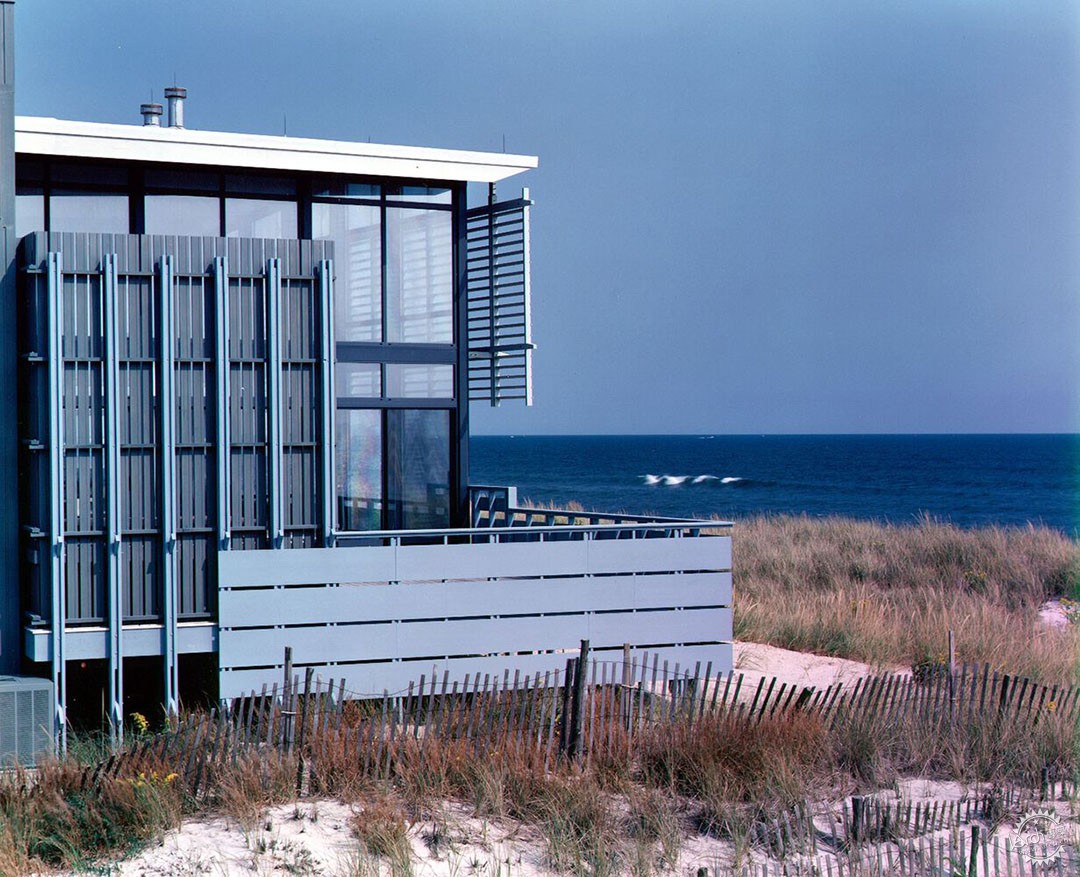
Image © Paul Warchol
当我决定成为一名建筑师时,并不是为了拯救世界。我想不出有什么东西比创造其他人生活的环境更有效力。建筑有可能为人们提供更新和刷新他们生活的机会,这也是我一直关心的一个方面。
我的教育使我看到建筑学不仅仅是追求职业机会,它更是一种了解我们如何生活的方式,以及一个人为什么在生活中做某些事情,它们又如何影响他人的生活。教育应该是解放的,有抱负的。我们应该成为公民领袖,而不仅仅是服务客户。我发现,对实用主义的忽略有时会暴露出其他的可能性,这些可能性应该被探索和追求。如果一个人只关注建筑的业务,我们可能会错过建筑的潜力和它可能的用途。
Vladimir Belogolovsky:我同意你的观点。但是,忽略实用主义而提供其他可能性,会让许多客户感到紧张,不是吗?
BH:我不认为我们的日常工作应该完全是为了获得下一个项目或委托。对我来说,重要的是人们能从一个项目或建筑中得到他们想要的东西。如果我能帮助他们得到,那就是我的荣幸。我不希望把我的观点强加给任何人,我关心人们如何在这些建筑中生活,并希望它们尽可能的开放和方便。
When I decided to become an architect, it wasn’t to save the world. I simply could not think of something more potent than creating environments where other people would live. Architecture has the potential to set up opportunities for people to renew and refresh their lives. I always cared for that aspect of our profession.
My education allowed me to see architecture as more than just pursuing career opportunities. It can be a way of understanding how we live and why one does certain things in life and how they can affect the lives of others. Education is supposed to be liberating and aspirational. We should be civic leaders, not just service providers. I find that a lack of pragmatism often exposes other possibilities which should be explored and pursued. If one focuses exclusively on the business of architecture, we can miss the potency of architecture and how it might be useful.
Vladimir Belogolovsky: I agree with you. At the same time, saying that the lack of pragmatism opens possibilities can make many clients nervous, no?
BH: I don’t think our day-to-day efforts should be exclusively about obtaining the next project or commission. It’s important to me that people get what they want out of a project or building. And if I can help them get it, nothing makes me happier. I do not wish to impose my viewpoint on anyone. I care for how people live in these buildings and want them to be as open and accessible as possible.
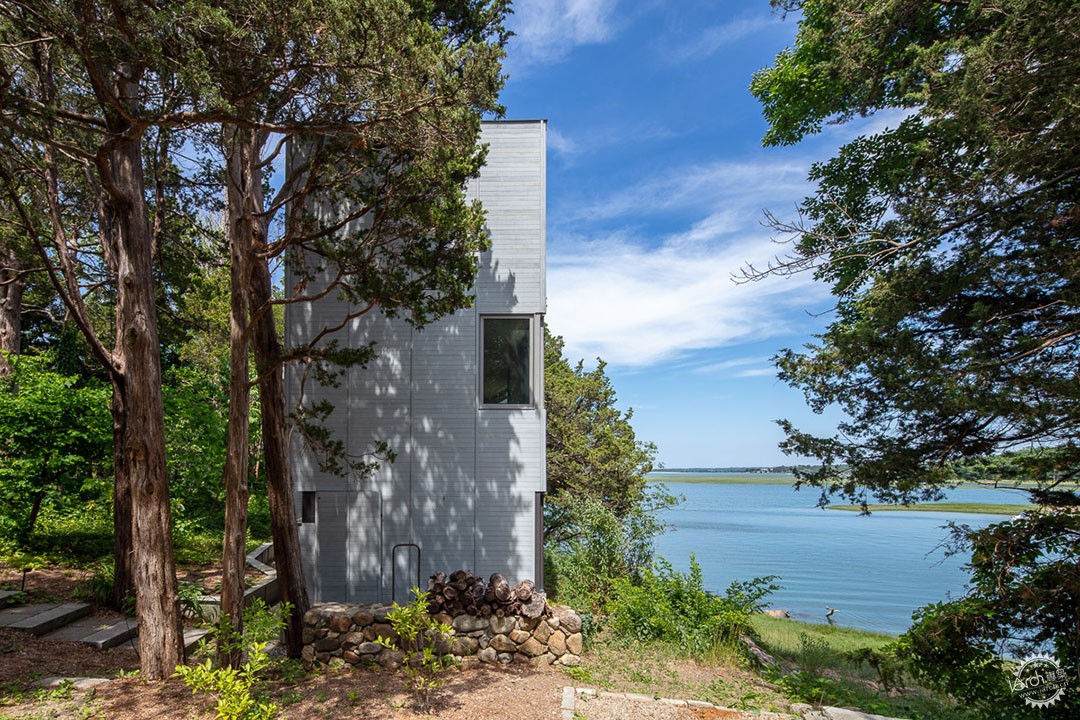
Image © John Horner
VB:我看到你把建筑描述为“制造诗意的空缺和诗意的想象”。你能详细说明一下吗?
BH:嗯,不言而喻,我们所做的事情是复杂的,是难以设想和构建的。我很喜欢一个古老的道家思想,说“生活太丑陋,太暴力,我们需要关注一些精致的东西”。我认为建筑可以帮助解决这个问题。
VB:那么也许你可以告诉我,你当初为什么会进入建筑业。
BH:我父亲出生在曼哈顿上城的哈林区,他告诉我,我的曾祖父曾在曼哈顿中城的圣帕特里克大教堂的彩色玻璃窗上工作。我记得我和他以及我的兄弟们一起去那里,当我的弟弟们都在建筑周围跑来跑去,试图找出他制作的窗户时,我所想到的是......真的有人建造这个地方?这可能是我第一次想到,建筑物和空间,尽管它们可能很宏伟,但事实上,是由人的双手设计和建造的。那时我大约10岁,我的家人刚刚在宾夕法尼亚州巴克斯县的格林农场买了几亩地,在那里我们建了一个新家。那是一个新殖民主义的木质结构,外墙是石头,是我和六个兄弟成长的地方。
正是在那里,我开始注意谷仓建筑、农舍以及当地适度的乡土建筑,如路边的广告牌和农场。这些经历强烈坚定了我学习建筑的决定。它还加强了一个信念,即建筑不仅存在于圣帕特里克的非凡世界,也存在于日常的普通世界。我认为建筑不应该局限于精致的结构或在历史书中发现的遗址,平凡的结构也是建筑。
作为建筑师,我们创造空间和建筑,但我们并不总是生活在其中。当我设计一个家,或一个实验室,或一个教堂时,我推测其他人或一些团体,可能会使用它并与它发生关系。这就是我把建筑描述为“制造诗意的空缺”的意思。我们可以设计一个不断成长完善的空间。最后,每一座建筑都需要对已经存在的东西进行适当的补充,这不是作为一种衬托,而是见证了这个空间的发展和成长。
VB: I came across a passage, in which you described architecture as “making poetic vacancies and poetic imaginings.” Could you elaborate on that?
BH: Well, it should go without saying that what we do is complicated and difficult to both conceive and construct. I’m fond of an old Tao meditation that notes that “Life is too ugly, too violent, that we need something delicate to care about.” I think architecture can help with that.
VB: Then perhaps you could tell me why you got into architecture in the first place.
BH: My father was born in Harlem in Upper Manhattan and he told me that my great grandfather worked on the stained-glass windows in St. Patrick’s Cathedral in Midtown Manhattan. I remember going there with him and my brothers and – while my younger brothers were all racing around the building, trying to figure out just which window he made – all I could think of was… somebody actually made this place? It was probably the first time that it occurred to me that buildings and places as grandiose as they may be, in fact, are designed and built by human hands. I was about ten years old then and my family had just bought a couple of acres in a field on Greene’s Farm in Bucks County, Pennsylvania where we built a new home. It was a neo-colonial wooden structure with a stone façade and a nice place to grow up with my six brothers.
It was there that I learned to also appreciate the beauty of barns, outbuildings, farmhouses, and local, modest vernacular architecture like roadside billboards and farm stands. These experiences strongly influenced my decision to study architecture. It also reinforced a belief that architecture is not only found in the extraordinary world of St. Patrick’s, but also in the everyday ordinary world. They blur. I don’t think architecture should be limited to select structures or those found in history books. The commonplace also has the potential to become architecture.
As architects, we only make the places and buildings. We don’t always live in them. When I design a home, or a lab, or a church, I speculate on how someone else – or some group – might occupy it and relate to it. That’s what I mean when I describe architecture as making poetic vacancies. We can suggest how a place can grow by adding to it. In the end, every decent building needs to be an appropriate addition to what is already there – not as a foil or compliment – but as an indication of how that place can evolve and grow.
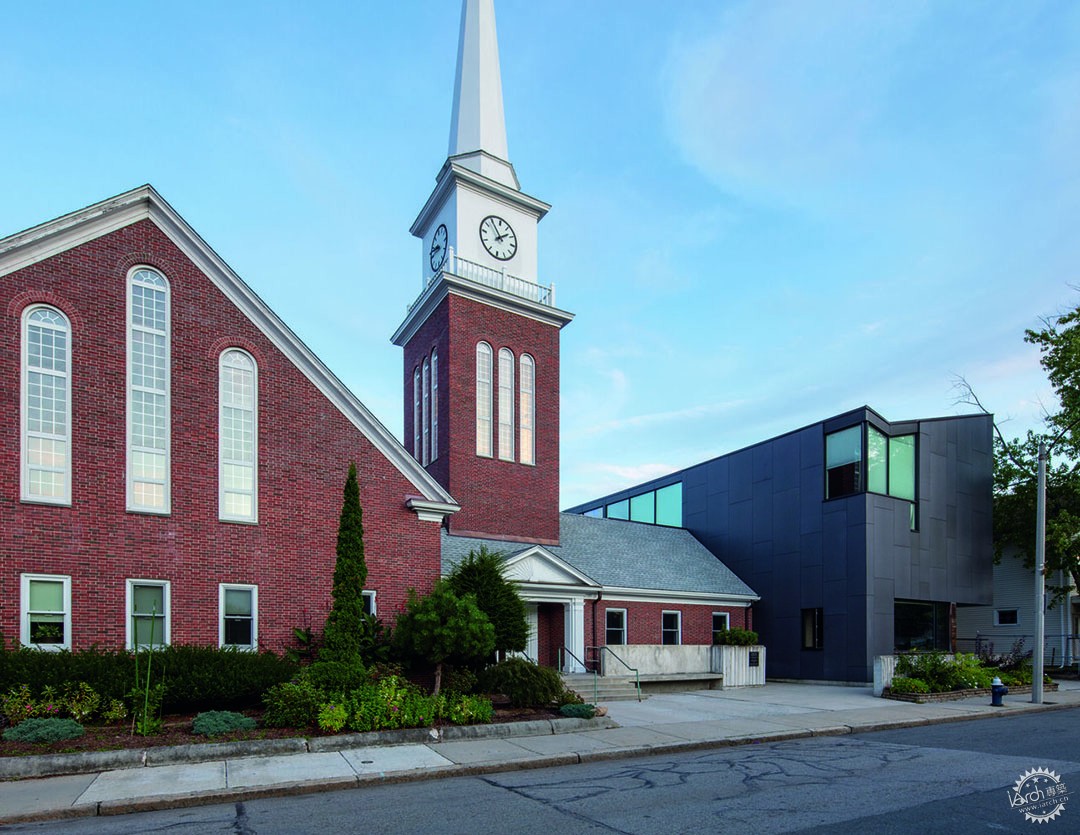
Image Courtesy of Brian Healy Architects
VB:80年代初,在耶鲁大学毕业后,你为一些当时正处于鼎盛时期的美国顶尖建筑师工作,包括当时刚刚获得普利兹克奖的查德·迈耶(Richard Meier),以及当时耶鲁大学的院长西萨·佩里(Cesar Pelli)。在此之前,你还在查尔斯·穆尔(Charles Moore)的办公室工作。我想知道你和他一起工作的经历如何,你从他那里学到了什么?
BH:查尔斯是我在耶鲁大学的第一位设计导师,他想让每个人都知道,建筑可以很有趣。它可以是讽刺的,甚至是愚蠢的。它可以在制作过程中得到享受,在使用过程中得到享受,而且可以简单地让人们快乐,这是我从他那里得到的最重要的理念。来到耶鲁大学,这对我来说是件新鲜事,因为许多其他教授都很拘谨。当然,这不是他唯一的目的,他是一个非常独特的人,很会引导学生。如果人们不喜欢他的作品,他也无所谓。他非常平易近人,对讨论持开放态度,而其他一些教授会说,“这不是建筑,这里没有什么可谈的”。但查尔斯不想定义或限制“建筑”是什么;他也不想让我们这样做。他不希望我们作为学生,对建筑是什么,或可能是什么的定义感到压力。
事实上,我在耶鲁大学接受教育的好处在于,我在那里遇到的所有伟大的教育家斯特林,Scully,海杜克,Pelli, Kubler,Millard,Purves,Livesey,没有人假定他们说的话就是讨论的结束。相反,这是一个开端,它为每个人的想法提供了机会,或者至少,提出一个替代的建议。重要的是进行公开的对话,把某个地方引向一个关键点。我一直试图将这些发扬光大,但是,很抱歉,客户并不总是对的,包括许多专家顾问。如果我不同意,我会这么说。
VB: In the early 1980s, after Yale, you worked for some of the leading American architects who were at their prime then, including Richard Meier who was just awarded the Pritzker Prize then, and Cesar Pelli, the Dean at Yale at the time. Before that, you also worked at the office of Charles Moore. I wonder how was your experience working with him and what did you learn from him?
BH: Charles was my first design instructor at Yale, and he wanted everyone to know that architecture could be fun. It could be ironic, even silly. It could be enjoyed in its making and enjoyable in its use, and simply make people happy. That’s my most significant lesson from him. Coming to Yale, it was something new to me because so many other professors were pretty uptight. [Laughs.] It was not his only agenda, of course. He was a larger-than-life guy and he would take the class up to his place in Newport. If people didn’t like his work, it was fine with him. He was very approachable and open to discussion, whereas some other professors would say, “This is not architecture, and there is nothing to talk about here.” But Charles didn’t want to define or limit what “architecture” was; he didn’t want us to either. He did not want us, as students, to feel pressure for a perfect definition of what architecture is – or could be.
In fact, what was wonderful about my education at Yale, was that all the great educators whom I encountered there – Stirling, Scully, Hejduk, Pelli, Kubler, Millard, Purves, Livesey – nobody presumed that what they just said was the end of the discussion. It was the beginning, and it was an opening for everybody to make new conclusions – or at least, present an alternative proposition. What seemed important was to have an open dialogue that leads somewhere to a critical point. I’ve tried to carry that forward but, I am sorry, the client isn’t always right – or the many expert consultants. [Laughs.] If I disagree, I will say so.
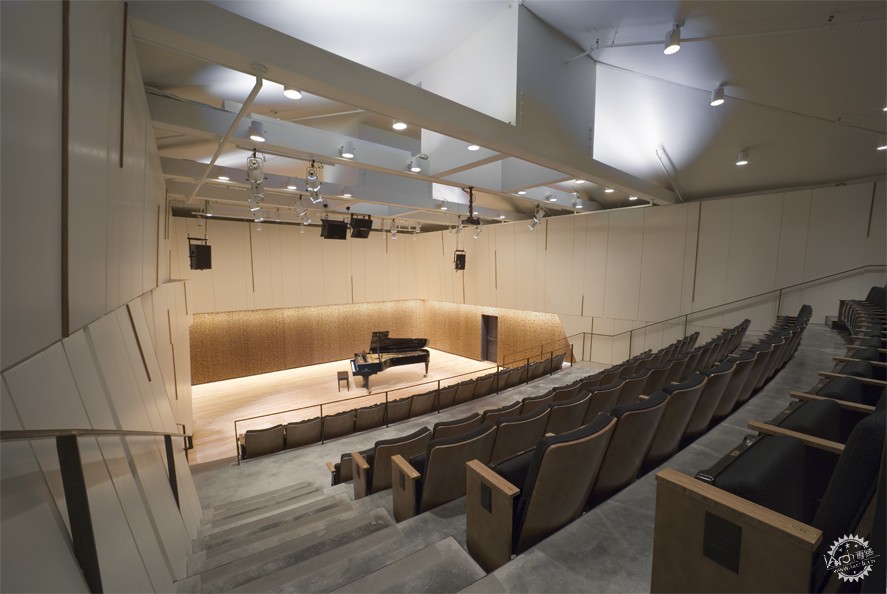
Image © John Horne
VB:有人说你是把建筑和艺术混为一谈的。是否能谈谈你的设计过程?你的典型灵感是什么,你最初的步骤是什么?
BH:我喜欢画画。我这样做是为了启发想法,激活思维,并使其具体化或是可读化。我对制作插图或纪录片不感兴趣。但重要的是要承认在耶鲁大学时,我们都在A+A艺术和建筑工作室工作。艺术工作室在4、5楼,建筑工作室在6、7楼。街对面就是精彩的艺术画廊和艺术史系。我们会一起乘坐电梯,与画家、版画家和历史学家共享咖啡馆,大家的关系很紧密。
创作艺术是一个持续的愿望,创作建筑是非常困难的。它涉及到大多数人不了解的脆弱性。绘画是我一直在做的事情,而且我经常画一些与我的项目或对建筑的具体想法完全无关的东西。然而,这些画不可避免地成为建筑。我可能会画出一栋建筑在风景中的位置,或者融入城市或天空中,这些画经常像预期建筑的拼贴画。但在一个项目上的工作总是以同样的方式开始的,通过与客户会面,研究场地可能允许的情况。然后我需要在我的工作室里花一些时间来收集我的想法。
VB: It was said about you that you are mixing architecture with art. If you could touch on your design process? What are your typical inspirations and what are your initial steps?
BH: I like to draw and paint. I do so literally to put light on an idea, to illuminate a thought, and make it tangible, maybe legible. I am not interested in making an illustration or a documentary. But it is important to acknowledge that – when at Yale – we all worked in the A+A – the Arts and Architecture Building – with art studios on floors 4 and 5 and the architecture studios on 6 and 7 – with unbelievable art galleries and art history department right across the street. We would be riding the elevator and sharing the coffee shop with painters, printmakers, and historians – it was intense.
Making art is an ongoing aspiration and making architecture is very difficult. It involves vulnerabilities that most people are not comfortable with. Painting is something that I do all the time, and I often paint something entirely unrelated to my projects or to specific thoughts on architecture. Yet, these paintings inevitably become architectural. I may paint how a building sits in the landscape or dissolves into the city or sky. These paintings are frequently like collages of anticipated buildings. But working on a project always starts the same – by meeting the client and studying what the site might allow. I then simply need to spend some time in my studio to gather my thoughts.
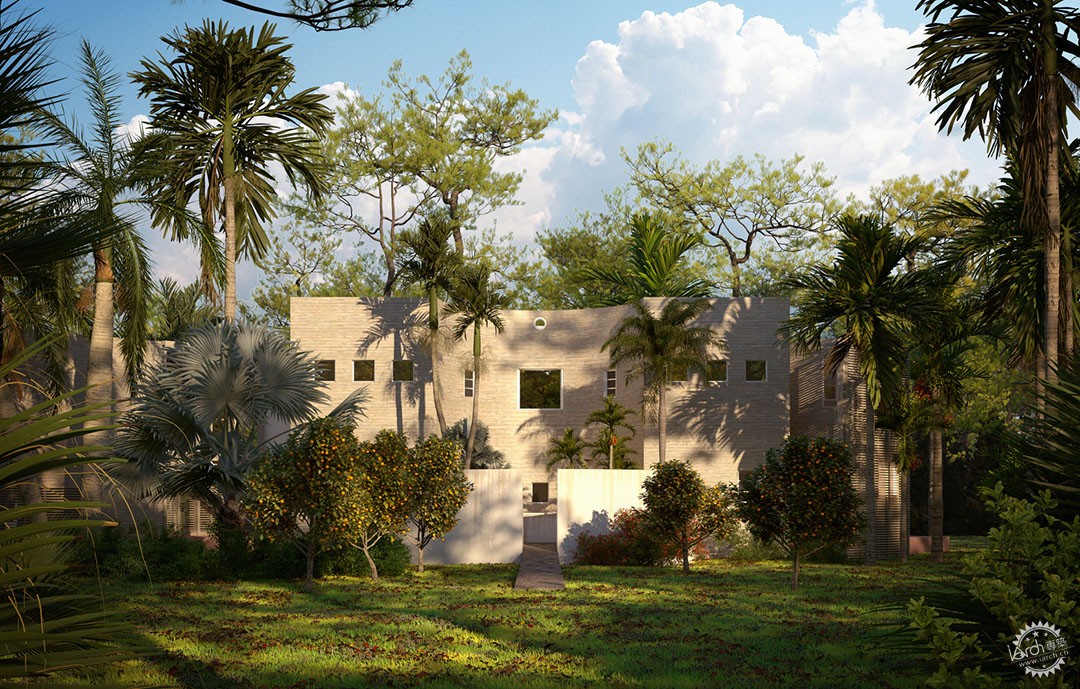
Image Courtesy of Brian Healy Architects
VB:独自一人?
BH:是的,当然。我自然会与同事们分享我的想法,他们都欢迎对这些想法进行批评和挑战,分析并改进它们。这就是合作过程中最好的部分。但是作为一个设计团队,我们需要的是一个焦点,一个确定的开始。所以,我需要单独开始一个项目。这就是我启动每个项目的方式。我从不在一开始就向办公室里的其他人征询意见。我认为一个建筑师的想法应该在他们的头脑中充分发展,然后再询问其他人的想法。这是我的感觉。当然,不是所有人都同意,但这就是我收集想法的方式。
VB:那么你会称自己为作家吗?
BH:嗯,我对这个词感到不舒服,因为我认为我们的行业已经太过迷恋作家的身份。相比之下,编辑可能更为合适。我不相信赖特说“把它们从袖子里抖出来”。当然,他是一个伟大的建筑师。但我们的职业是协作性的,作品上有许多别的指纹,建筑应该而且确实如此。所以,当然,是主创建筑师挑选出一条道路。但总是有一个团队来碰撞想法,调整方向,并不断深入挖掘。一些客户或老师可能会说,“这是个好创意!再给我两个。”我不理解这个想法。如果这是一个伟大的创意,那么应该更深入地挖掘,看看这个创意能实现是什么?为什么一开始就分心?有些人认为这是限制性的,但我更愿意把它看成是专注。开始是关键,你必须在分析后决定你要走哪条路。
VB: Alone?
BH: Yes, of course. I will naturally share my ideas with colleagues, and they are all welcome to critique and challenge those ideas, to analyze and probably improve them. That is the best part of a collaborative process. But what we need as a design team is a focus – a defined beginning. So, yes, I need to start a project alone. That’s how I initiate every project. I never ask for ideas from others in my office at the very beginning. I think an architect’s idea should be fully developed in his or her head before asking others what they think. That’s my feeling. Of course, we don’t have to agree, but that’s how I gather my thoughts.
VB: Would you then call yourself an author?
BH: Well, I’m not comfortable with that word because I think our profession has been much too obsessed with authorship. An editor might be more appropriate. I don’t believe Wright when he said that he “shakes them out of his sleeve.” Of course, he was a great architect. But our profession is collaborative, and the work has many fingerprints on it. It should and it does. So, sure, it is the lead architect who picks one path out of many. But there is always a team to bounce ideas off, to adjust direction, and dig deeper and deeper. Some clients or teachers may say, “That’s a great idea! Now, give me two more.” I don’t understand that concept. If it’s a great idea, then let’s dig deeper and see what the potency of that idea is? Why start out by getting distracted? Some people think it is restrictive, but I prefer to think of it as focused. The beginning is key, and you must decide after analysis which path you are taking.
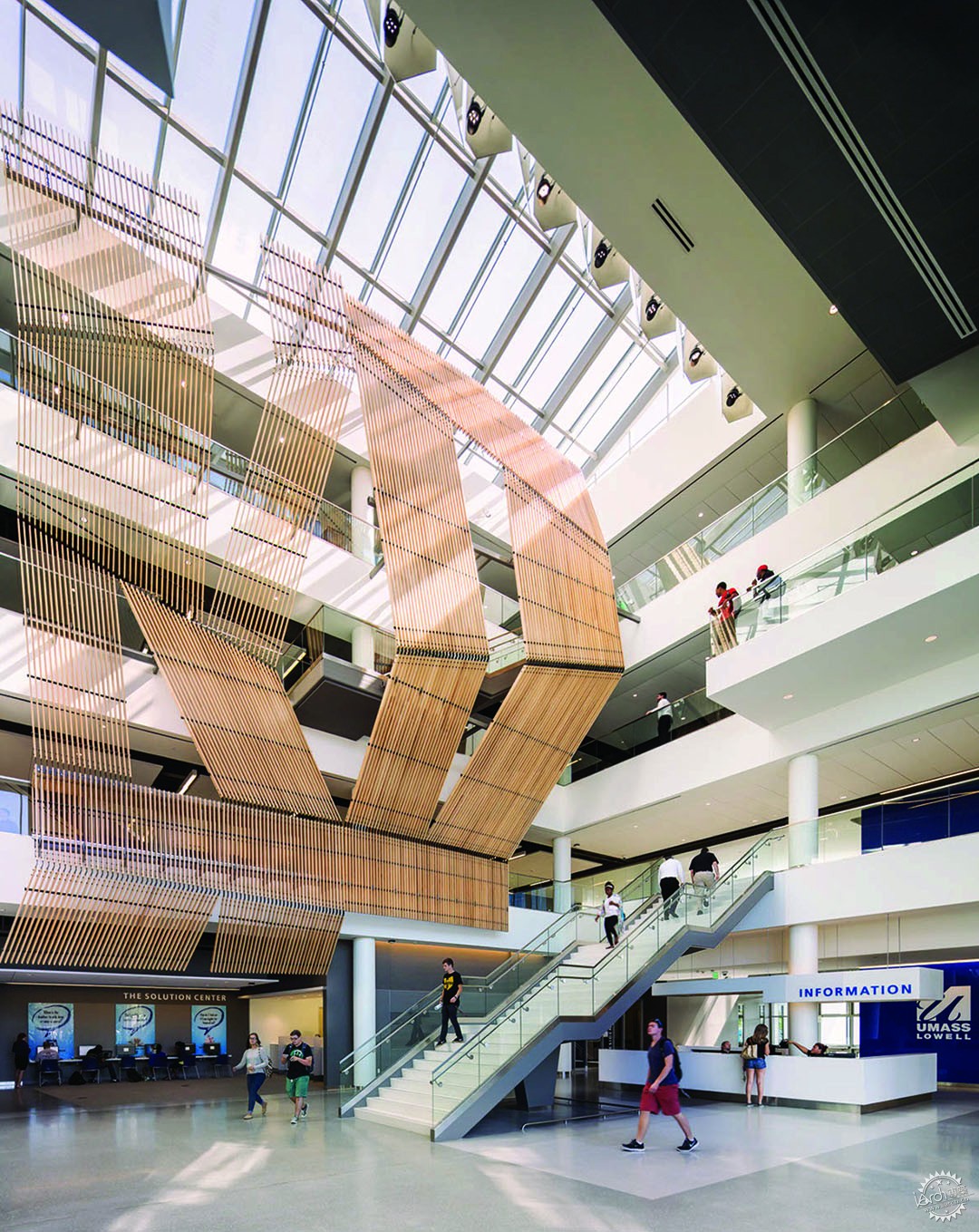
Image © Paul Warchol
VB:而且是你来做这个决定,对吗?你不会带着两三个想法去找客户,并要求提供指导,是吗?
BH:不会!我为什么要这样做?当然,当我们在工作室进行设计时,我们会同时制定两到三个方案,更多的是用研究模型和规划设计之间的关系。
VB:但要由你来决定向客户展示什么。
BH:当然了!还能有谁?我们最终会达成共识,但由我来做决定。
VB: And it is you who will make that decision, right? You would not bring two-three ideas to a client and ask for direction, right?
BH: No! Why would I do that? Of course, when we work on our designs in the studio, we develop two or three options simultaneously. Many times, more with an iterative string of study models and planning diagrams.
VB: But it is up to you to decide what to show to the client.
BH: Of course! Who else? We inevitably come to a consensus, but I make the call.
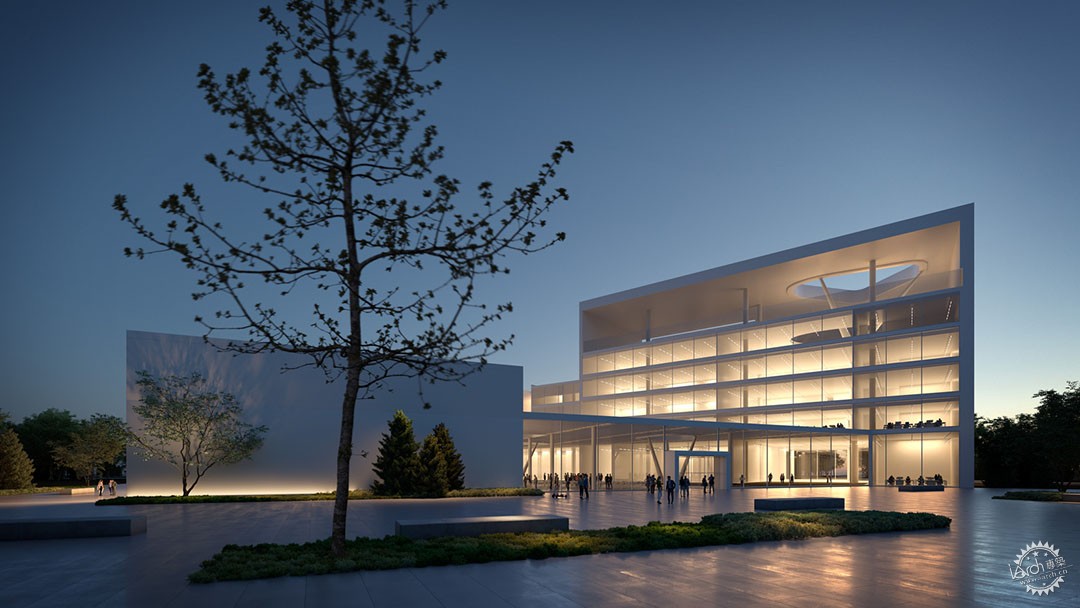
Image Courtesy of Brian Healy Architects
VB:许多建筑师希望客户做出选择,因为他们希望客户高兴,更重要的是,客户能够负责。
BH:这太荒谬了。我甚至无法想象这样的情况......那么我只是一个服务提供者,或者一个兜售商品的小贩?我们是作为有经验的专业人士被聘用的,这点不能忘记。
VB:正是如此。
BH:我认为我们的职业已经足够具有挑战性了。嗯,不,我不会这样做。
VB: Many architects want the client to make that choice because they want the client to be happy, and more importantly – responsible.
BH: That’s ridiculous. I can’t even imagine a situation like that… then I am just a service provider, or a vendor peddling my wares? We are hired as professionals with experience, let’s not forget.
VB: Exactly.
BH: I think our profession is challenging enough. Well, no, I don’t do that.
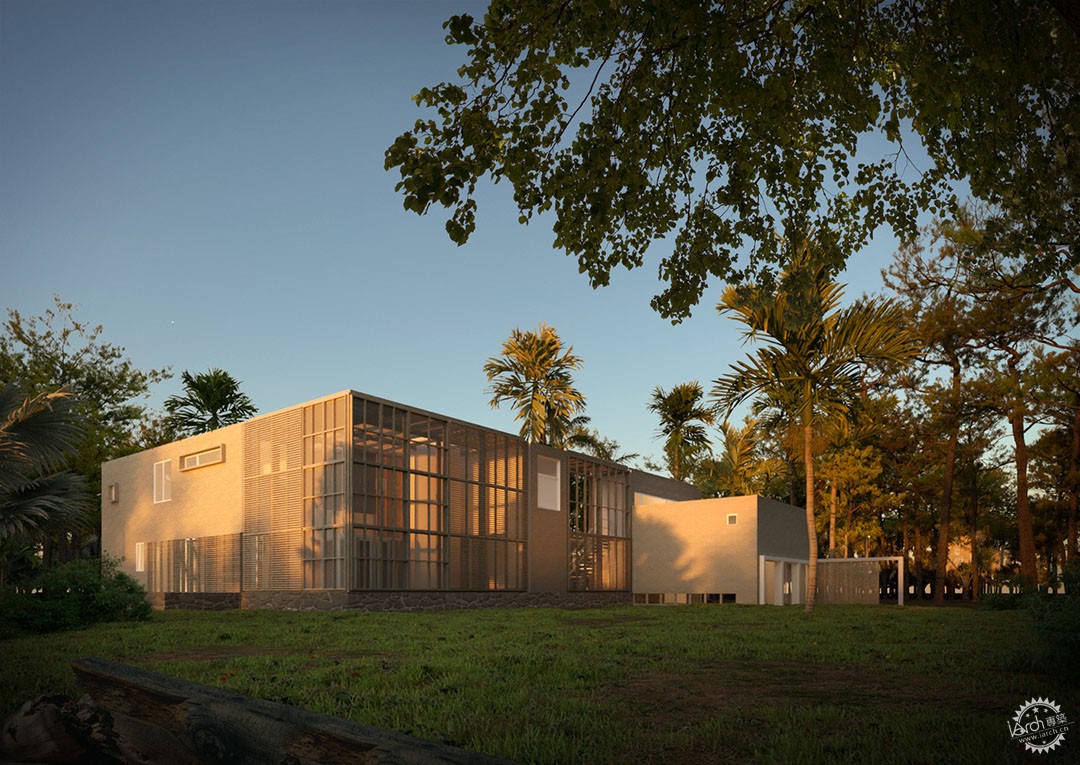
Image Courtesy of Brian Healy Architects
VB:你在你的工作中考虑过进度吗?你是否有意识地考虑过一个项目与一个项目之间的特定进展?
BH:我在工作中找到满足感。而且我非常高兴在聚光灯下工作,但有趣的事情发生在阴影中。当然,这都是我。我会提出类似的问题,也可能是同一个问题,一遍又一遍,因为我不确定。人们经常告诉我,这些年来我的工作一直是连贯的,我认为这是一种批评或赞美。
VB: Do you think about progress in your work? Do you consciously think about a particular progression from project to project?
BH: I find satisfaction in the work itself. And I am very happy working out of the spotlight. Interesting things happen in the shadows. Of course, I am the same person. I ask similar questions – or maybe the same question, over and over – I’m never sure. People often tell me that my work has been consistent over the years. Depending on who tells me this, I think of it as a criticism or a compliment. [Laughs.].
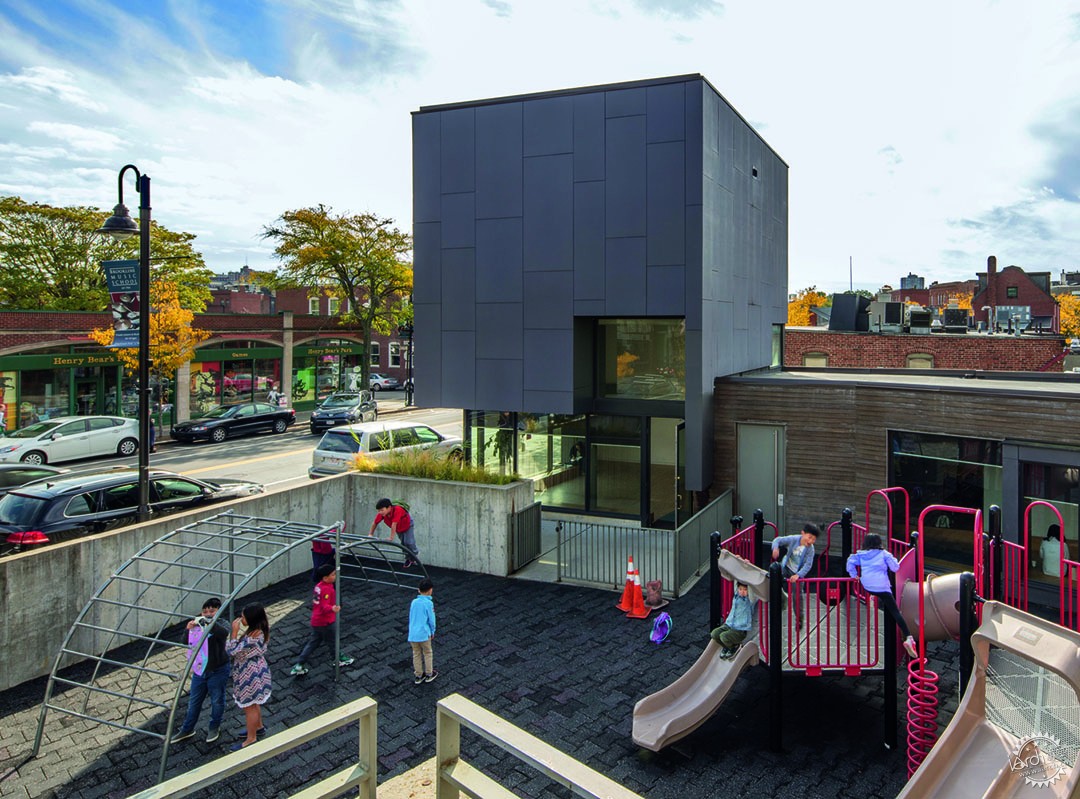
Image Courtesy of Brian Healy Architects
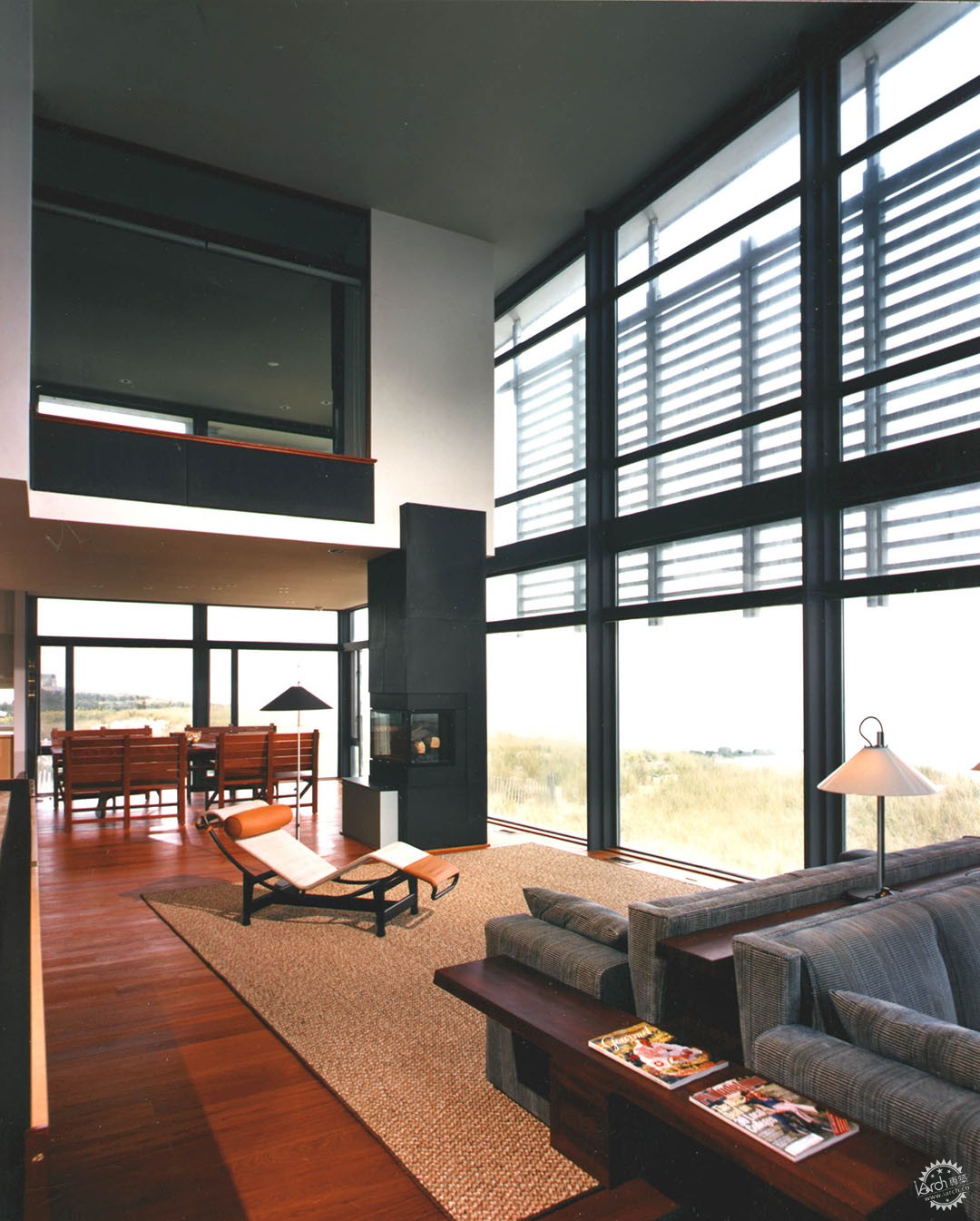
Image © Paul Warchol
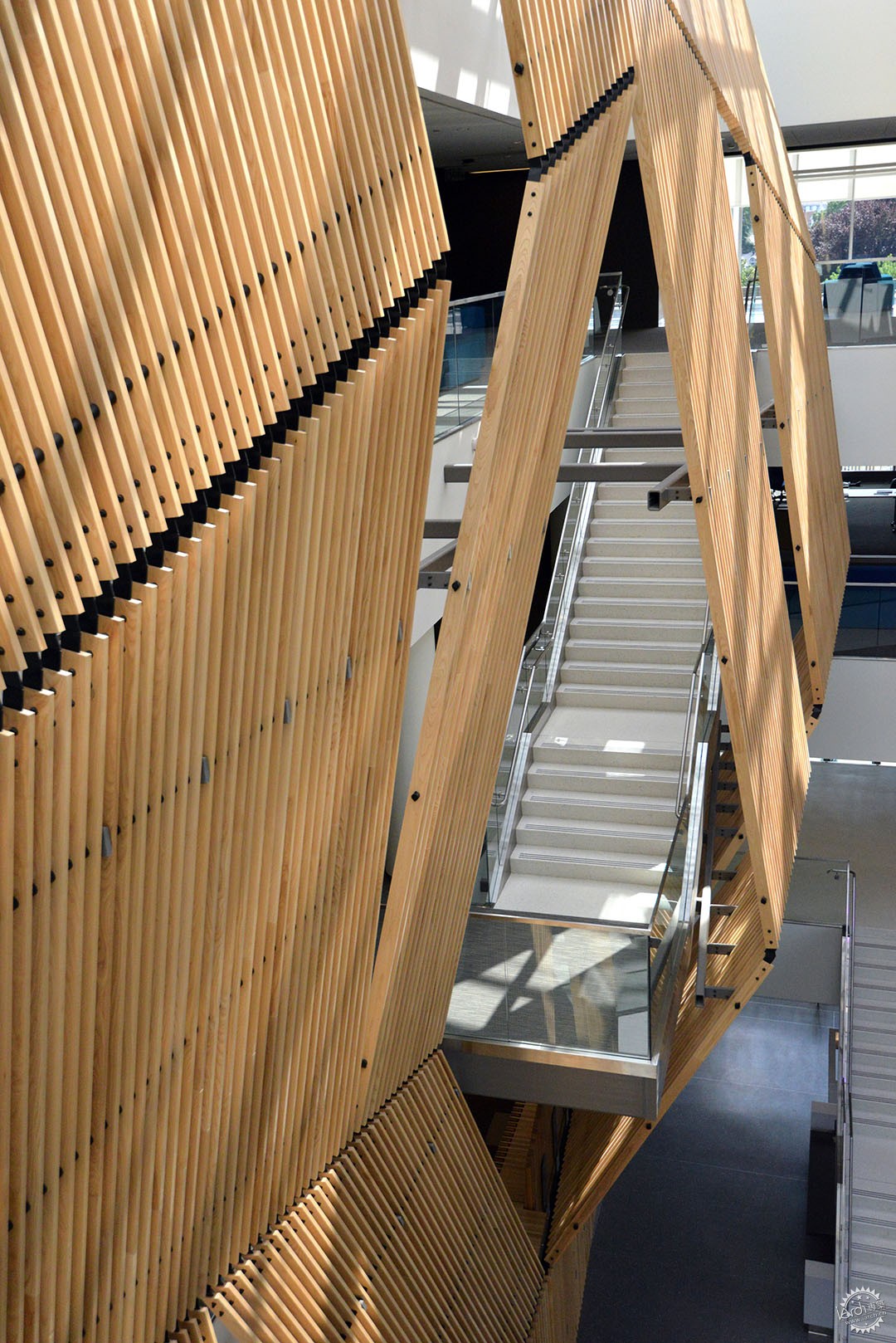
Image © Paul Warchol
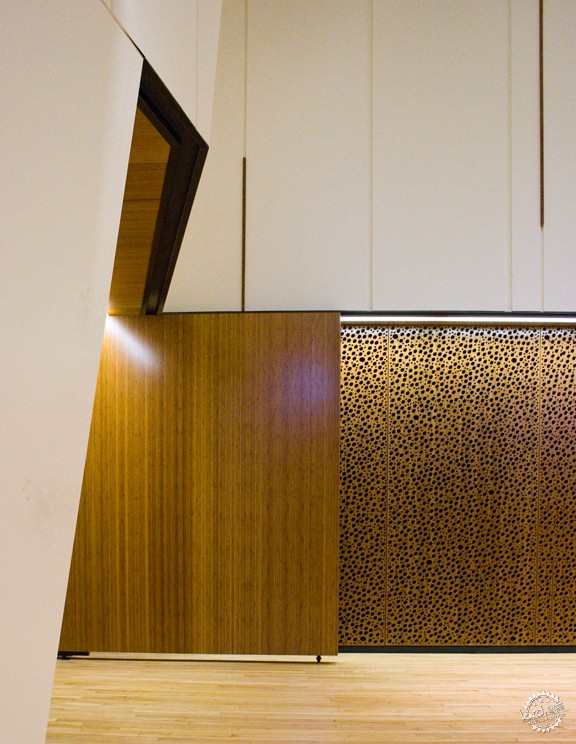
Image © John Horner
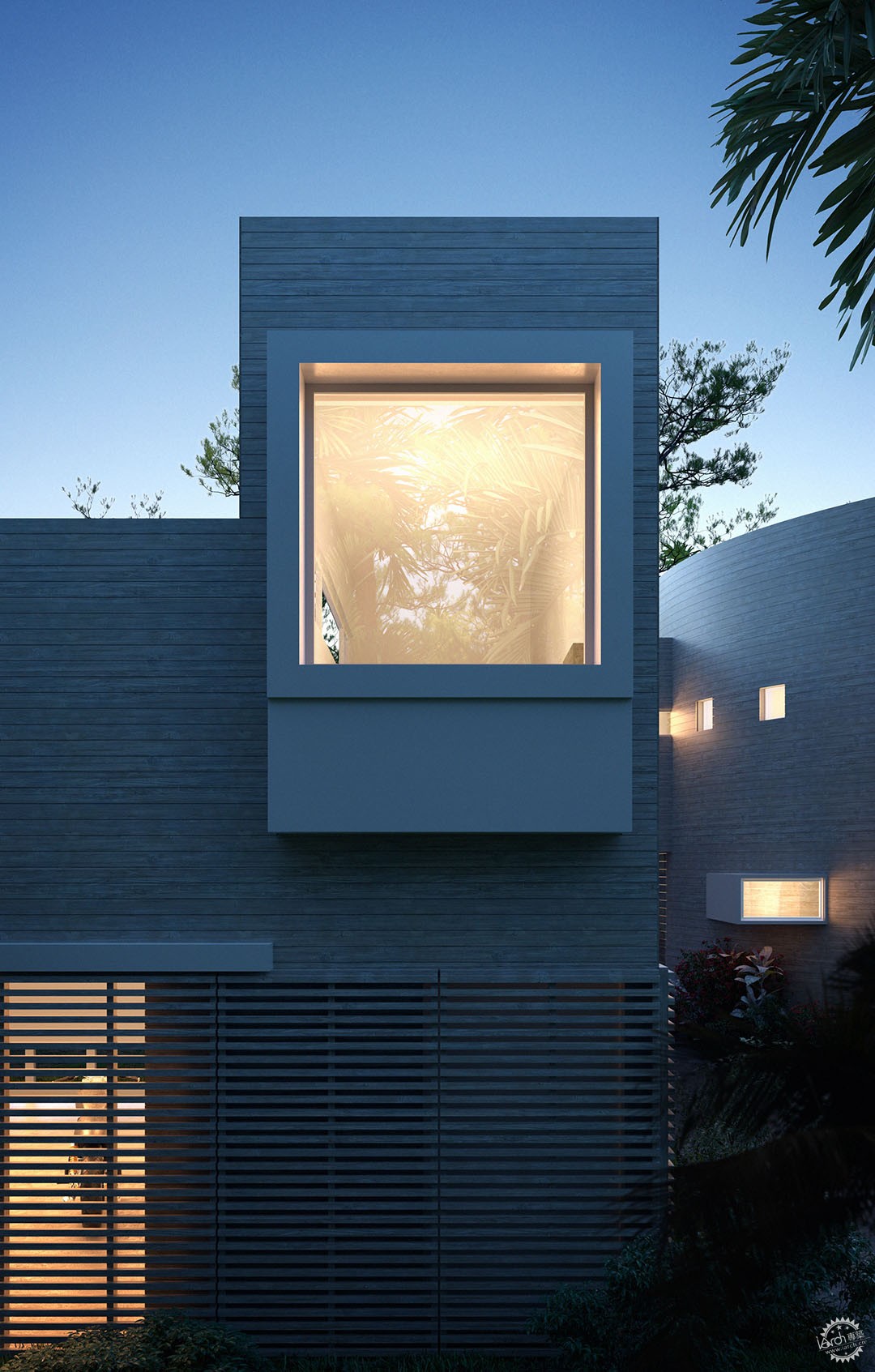
Image Courtesy of Brian Healy Architects
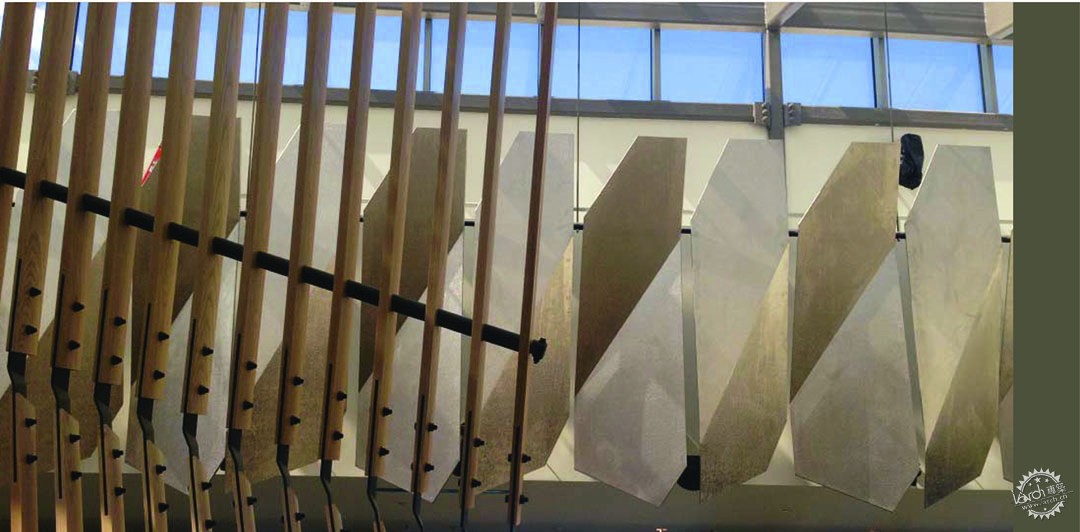
Image © Paul Warchol
|
|
